The pre-owned luxury clothing market is growing much faster than brand-new luxury items, with estimates ranging from 12% to 20% annual growth compared to 3% for new luxury goods[1]. This means the market size is expected to double by 2026!
Established platforms like Esty, Vinted, The RealReal, Vestiaire Collective, Trenbe, and Rebag have become major players. Even traditional auction houses like Sotheby’s and eBay are getting involved. These platforms offer authentication services and curated selections, building trust with buyers.

Let’s Look At The Driving Forces For This Fashion Wave
- Affordability – Where Luxury Becomes Accessible
The high cost of brand-new luxury products may be a significant barrier to entrance for many, particularly younger generations.
According to ALTAGAMMA and Boston Consulting Group study, younger consumers account for a large percentage of the pre-owned luxury market. Millennials and Generation Z account for more than half of pre-owned luxury purchases[2].
The pre-owned fashion market offers a chance to own designer pieces at a fraction of the original cost. This opens the door to luxury ownership for a wider audience.
- Unique Finds And Value – The Thrill Of The Hunt And Appreciating Quality
Pre-owned fashion platforms offer a treasure trove of unique pieces, including vintage items or limited-edition collections that might be unavailable new.
This caters to a desire for individuality and special finds. Additionally, with second-hand items from reputable brands, consumers often get high-quality materials and construction at a more affordable price.
Research by Rodrigues and Rodrigues (2019) explores how young consumers view the value of pre-owned luxury[3]. They found that while status remains a factor, younger generations value sustainability, affordability, and finding unique pieces when buying pre-owned luxury.

- The Influence of Digital Platforms and Social Media
Online resale platforms have established themselves as reputable marketplaces for used luxury items. Online merchants like Vestiaire Collective, The RealReal, and others offer authentication services that guarantee that products are genuine, giving buyers tranquility of mind when acquiring pre-owned luxury items.
Social media, in addition to online platforms. Having a significant impact on younger consumers, platforms such as Instagram, TikTok, YouTube, and Pinterest also foster groups of like-minded individuals, providing users with a sense of community and belonging.
Influencers praising pre-owned goods, together with the advent of the sharing economy, have contributed to a more positive attitude toward buying and selling used products.
- Sustainability – A Shift Towards Eco-Conscious Consumption
Today’s younger consumers, led by the eco-conscious Gen Z, perceive used luxury items as an ultimate expression of sustainable luxury.
According to a recent survey of 350,000 US consumers, Gen Z and Millennial consumers are 27% more likely to buy an item when they believe the brand cares about its impact on people and the environment. This finding indicates the power of sustainability to influence the buying decisions in this demographic[4].
The average lifespan of clothing varies depending on several factors, including material, quality, and care. However, studies suggest it falls somewhere between 3.3 and 5.4 years, with some items actively worn for less time[5].
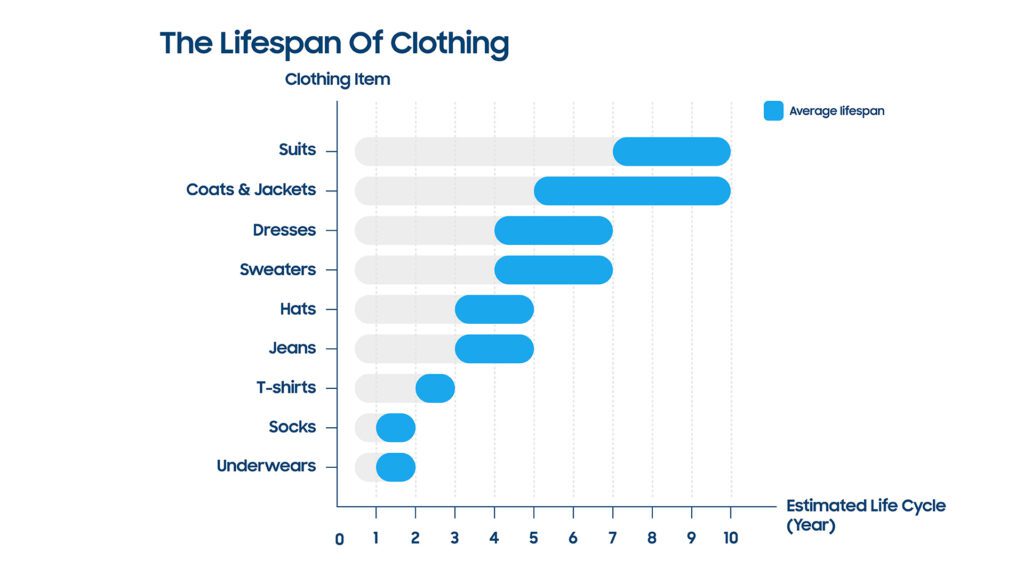
Table 1: The Average Lifespan Of Clothing
Consumers are becoming increasingly aware of the fashion industry’s environmental impact, notably fast fashion’s contribution to waste generation. Purchasing pre-owned clothing increases the lifespan of existing garments, lowering the need for new production and its accompanying environmental costs.
There is a fashion trend where consumers are interested in quality over quantity and have a desire for timeless pieces. This movement will significantly contribute to lengthening the lifespan of clothing and reducing the volume of fashion waste.
The Challenges Of Entering The Pre-owned Luxury Clothing Market
- Competition – Differentiation in a crowded market
Established players like The RealReal, Vestiaire Collective, and Rebag have a strong foothold, with brand recognition, customer trust, and curated selections.
Standing out in this crowded space requires a unique selling proposition (USP). This would require actions such as ensuring clear differentiation of the seasonal offerings and an impeccable, brand-appropriate offering in terms of service, experience, relationship building, or communication.
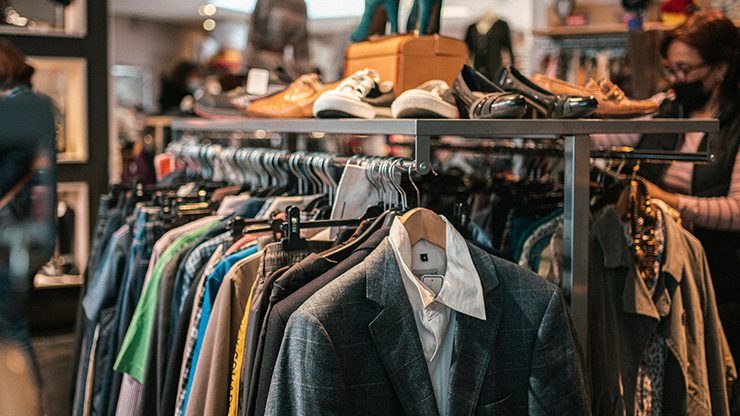
- Sourcing Inventory – An art of a keen eye for quality
Building a reliable and consistent source of high-quality pre-owned luxury goods is crucial. This might involve partnerships with vintage stores, estate sales, or individual sellers. New businesses need to establish strong relationships with these sources to secure a steady flow of desirable items.
- Authentication – The cornerstone of customer trust
Ensuring authenticity is paramount in pre-owned luxury. New businesses need to invest in robust authentication processes, whether through in-house expertise, partnerships with authentication services, or technological solutions like blockchain (although still under development). Building trust with buyers is essential.
As a new player, building trust with both buyers and sellers takes time. Offering competitive pricing models, transparent processes, and excellent customer service are crucial for establishing a positive reputation.
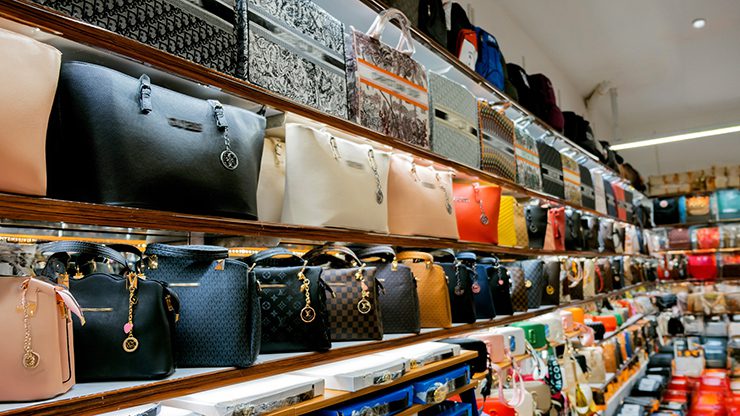
- Marketing and Customer Acquisition – The backbones for future success
Reaching your target audience and establishing brand awareness can be expensive, especially when competing with established players. New businesses need to develop a strong marketing strategy, potentially leveraging social media influencers and targeted online advertising, to attract potential customers.
- Operational Challenges – Navigating the Fulfillment Maze
Managing logistics, including secure storage, photography, and efficient shipping processes, requires a well-oiled system. Additionally, customer service needs to be top-notch, addressing concerns about authenticity, returns, and overall buying experience.
- The threat of trademark counterfeit
Along with the rise of the pre-owned luxury apparel market, counterfeit products have increased rapidly and skyrocketed in recent years! This ‘bottleneck’ scenario can potentially have damaging implications both financially and on brand reputation.
To counter the present surge in ‘fake’ items, the use of cutting-edge technologies such as QR codes, or unique engraved markings allows for improved product identification and legitimacy. However, some of these technologies are extremely costly.
In The Eye Of The Digital Revolution – A Paradigm Shift In Luxury Sector
ThredUp’s 2024 Resale Report shows that the global market will reach $350 billion by 2028 [5]. Needless to say, the secondhand luxury segment is totally on the rise!
But what’s the major contribution to the market growth?
It is evident that a big share is being bought through online channels. Today, online platforms such as The RealReal, The Luxury Closet, and Vestiaire Collective have paved the way for Recommerce (the selling of previously owned items through online marketplaces) in pre-owned luxury markets, which connect sellers and buyers by creating online marketplaces.
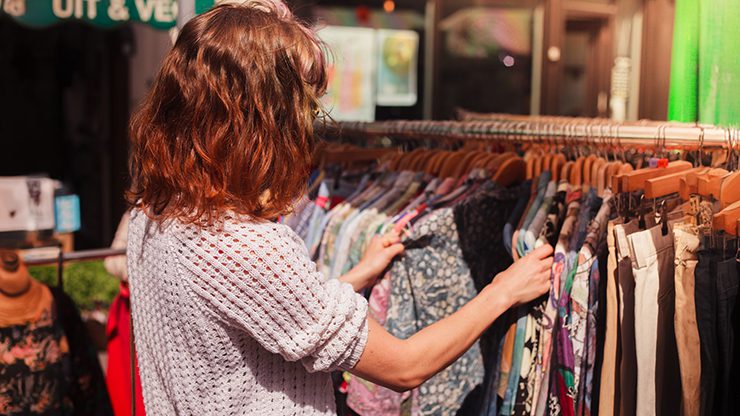
Recommerce: Not just a buzzword – it’s a game-changer
Fast forward to today, it’s not surprising that the perception of secondhand luxury segments has changed greatly due to digitalization, especially the fast growth of e-commerce.
Originally, acquiring a luxury item was like a pilgrimage in specific physical stores, which were locally limited and only accessible to a limited number of people.
Intriguingly, the landscape is changing. With the fast growth of second-hand luxury recommerce, a shift towards affordability and accessibility is expanding consumer reach, and reducing barriers to entry.
The online luxury resale platforms also dovetail with the way younger consumers grew up shopping: online, on their phones, when they have time to, rather than when boutiques are open.
Experts anticipate luxury resale platform growth to stay strong. According to data from McKinsey: “Specialized digital platforms for trading pre-used goods, with a 25–30 percent market share, are driving much of the sector’s growth, with a predicted expansion of 20–30 percent per annum.”
Needless to say, beyond just a phenomenon, this is an emerging category, online second-hand luxury resale is increasingly serving as an initiating rite for aspiring luxury consumers.
A Key Component Of The Circular Economy
Second-hand luxury e-commerce plays a pivotal role in the circular economy by redefining the lifecycle of luxury items. It not only promotes the reuse of high-quality products, preventing them from ending up in landfills but also fosters a culture of recycling by keeping these items in circulation longer.
In addition, as consumers increasingly prioritize eco-friendly practices, second-hand luxury e-commerce stands out as a vital component in creating a more sustainable and environmentally conscious fashion industry.
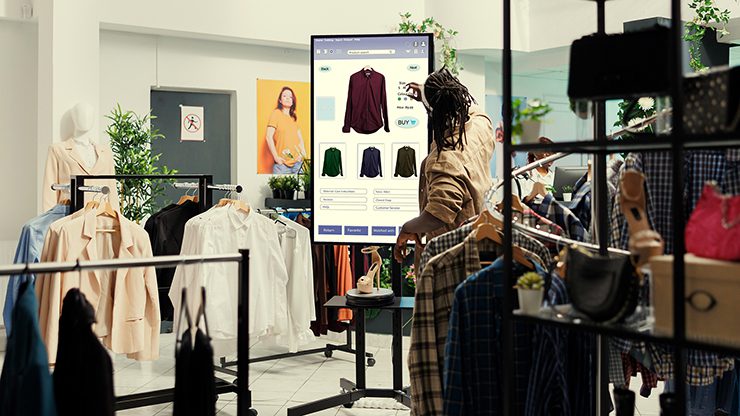
Fashioning The Future: Potential Opportunities For Pre-owned Luxury Growth
“The future of fashion is resale” – the global platform Farfetch
Looking forward, the demand for eco-friendly, circular fashion as well as the pre-owned luxury sector is about to keep expanding and evolving.
Moreover, the booming of digital platforms, recommerce, or online marketplaces has evidently reshaped the consumer’s purchase intention in buying, selling, and perceiving pre-owned luxury fashion. As might be expected, it will continue to be the backbone of fueling this market growth.
As the industry continues to evolve, embracing technology and prioritizing personalization while staying true to the principles of luxury will be key for brands to thrive in this dynamic sector.
| Read more:


